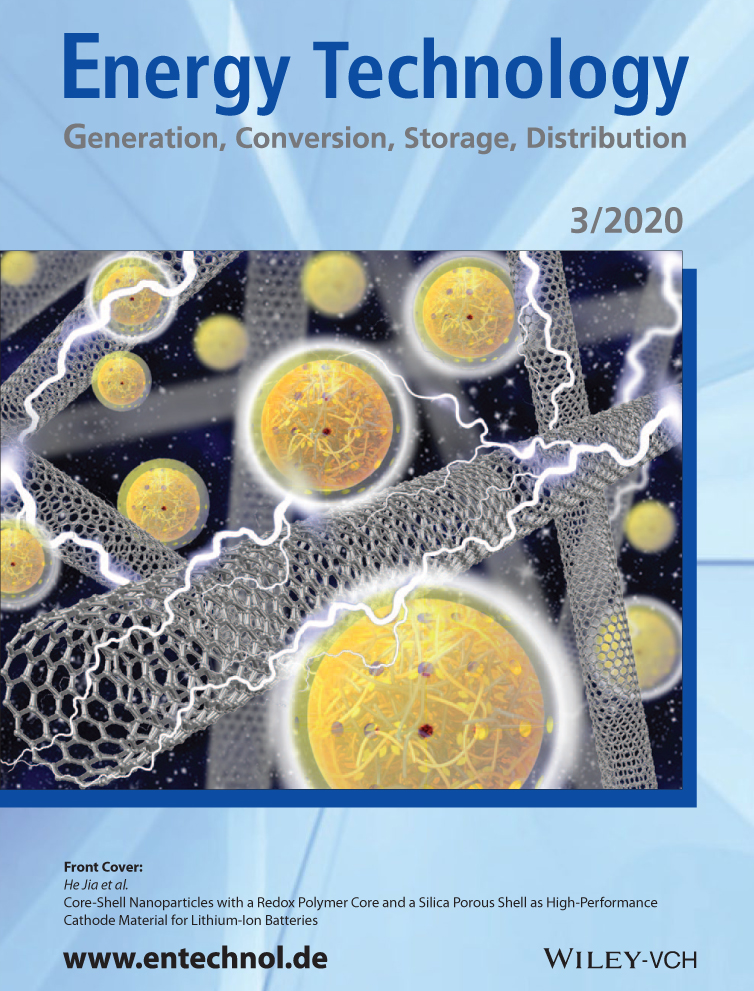Organic–Inorganic Copper (II)-Based Perovskites: A Benign Approach toward Low-Toxicity and Water-Stable Light Absorbers for Photovoltaic Applications
Abstract
Organometal halide perovskites, in particular lead (Pb)-based ones, are the most promising light absorbers for thin-film solar cells. Despite the power conversion efficiencies of Pb-based perovskite solar cells (PSCs) increasing from 3% to a certified efficiency of 23%, some serious issues need to be addressed to commercialize these solar cells, mainly, the presence of Pb and its moisture sensitivity. Herein, highly stable organic–inorganic copper (II)-based perovskites are reported as alternatives to the existing Pb perovskites by introducing a novel architecture of mesoscopic PSCs. Apart from a remarkable open circuit voltage of 370 mV with a power conversion efficiency of 0.63%, the present PSCs shows excellent water stability and optoelectronic properties for photovoltaic applications.
Conflict of Interest
The authors declare no conflict of interest.




